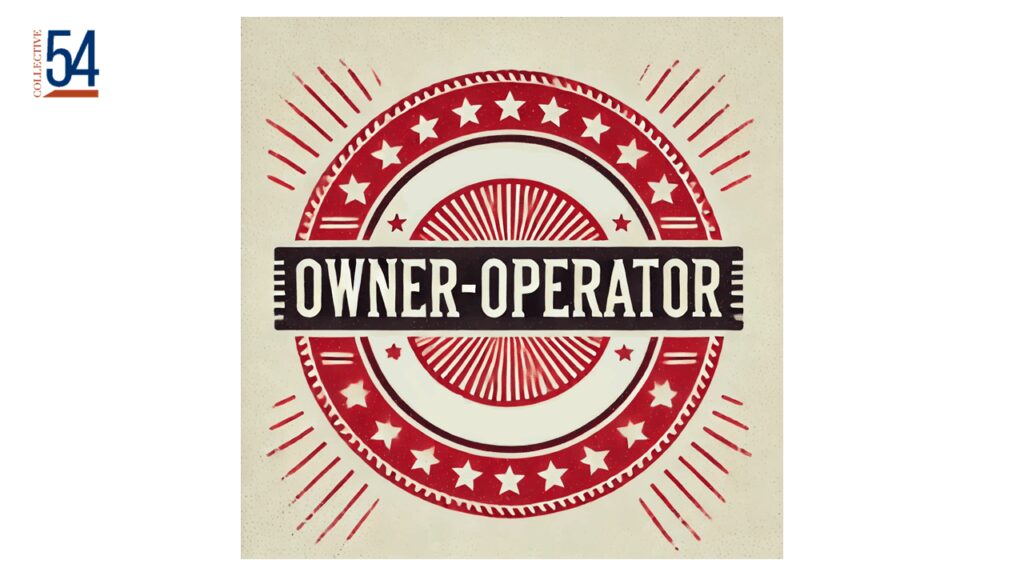Beyond Compensation: What Superstar Employees Really Value
In small service firms such as marketing agencies, IT service providers, and consulting firms, founders are in a relentless pursuit of top talent. The cornerstone of this quest often lies in crafting an irresistible employee value proposition (EVP). While compensation has traditionally been viewed as the primary lever to attract and retain talent, emerging trends suggest that it might not be the golden ticket after all.





